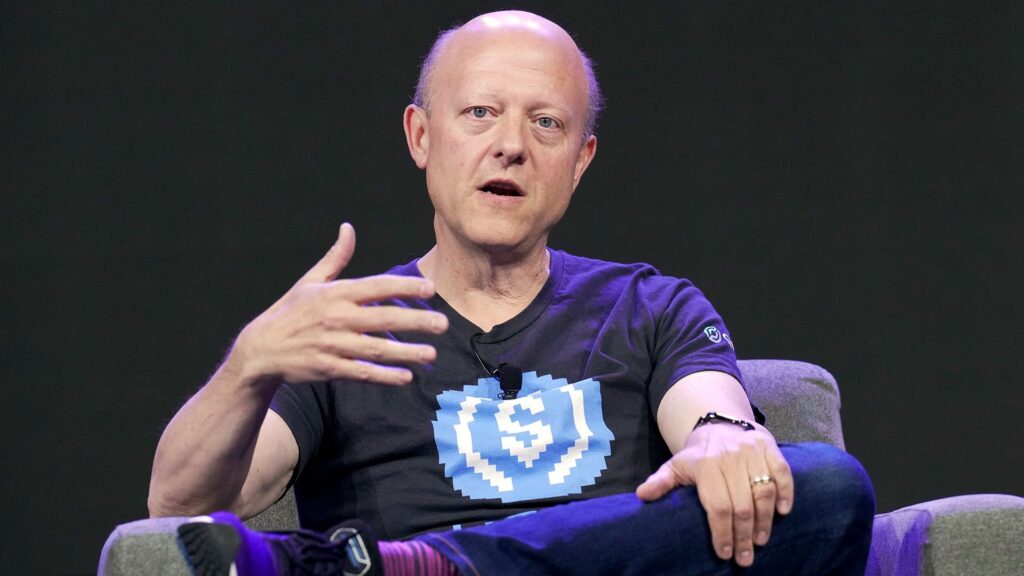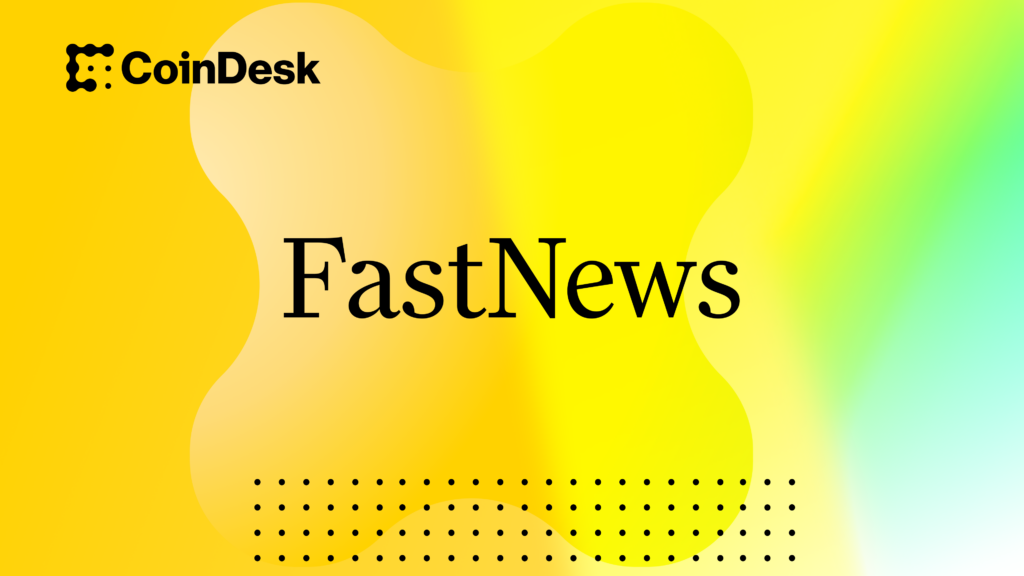GCash Expands Cryptocurrency Offerings
GCash, the Philippines’ largest digital wallet, has made a significant move by integrating support for USDC, a popular stablecoin in the cryptocurrency market. This addition not only enhances GCash’s digital services but also reflects the growing trend of digital currencies in the region.
Impressive Transaction Volumes
According to publicly available data, GCash boasts an astounding annual transaction volume of over $65 billion, equivalent to approximately 3.8 trillion Philippine Pesos. This staggering figure demonstrates the platform’s crucial role in facilitating digital payments in the Philippines, similar to the functionalities offered by Alipay or WeChat Pay in China.
The Impact of Remittances on the Economy
Filipino remittances have reached an all-time high of $38.3 billion in 2024, accounting for roughly 8% to 10% of the country’s gross domestic product (GDP). This highlights the importance of remittance flows for the Philippine economy and underscores the potential for digital wallets like GCash to enhance remittance services.
Partnerships Driving Innovation
GCash is operated by Mynt, a collaboration that includes major stakeholders such as Ant Group (the owner of Alipay), Ayala Corporation, and Globe Telecom’s 917Ventures. Through its subsidiary, GCrypto, GCash offers a range of cryptocurrency services and has partnered with the locally licensed crypto exchange, PDAX, to facilitate transactions.
Diverse Cryptocurrency Options
Through GCrypto, GCash now provides users with access to 39 different digital assets, including Paypal’s PYUSD stablecoin. While the adoption of stablecoin-based transfers is on the rise, they still represent a small fraction—less than 5%—of all inbound remittances currently utilizing cryptocurrency solutions.
Future Growth and Potential IPO
Recent reports from Bloomberg indicate that GCash may be targeting an initial public offering (IPO) valuation of at least $8 billion by the close of 2025. However, the company is reportedly in no haste to go public, having recently completed a funding round that elevated its valuation to $5 billion. This financial stability allows GCash the flexibility to wait for more favorable market conditions before pursuing an IPO.
Conclusion
With its latest move to support USDC and an expanding array of digital services, GCash is well-positioned to capitalize on the growing digital economy in the Philippines. By embracing innovative financial solutions, GCash is not only enhancing user experience but also contributing to the overall growth of the country’s digital finance landscape.



